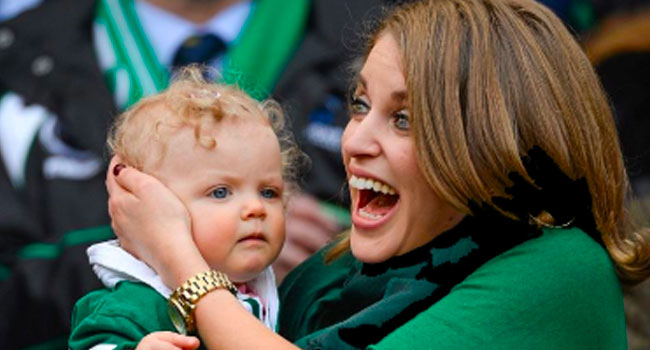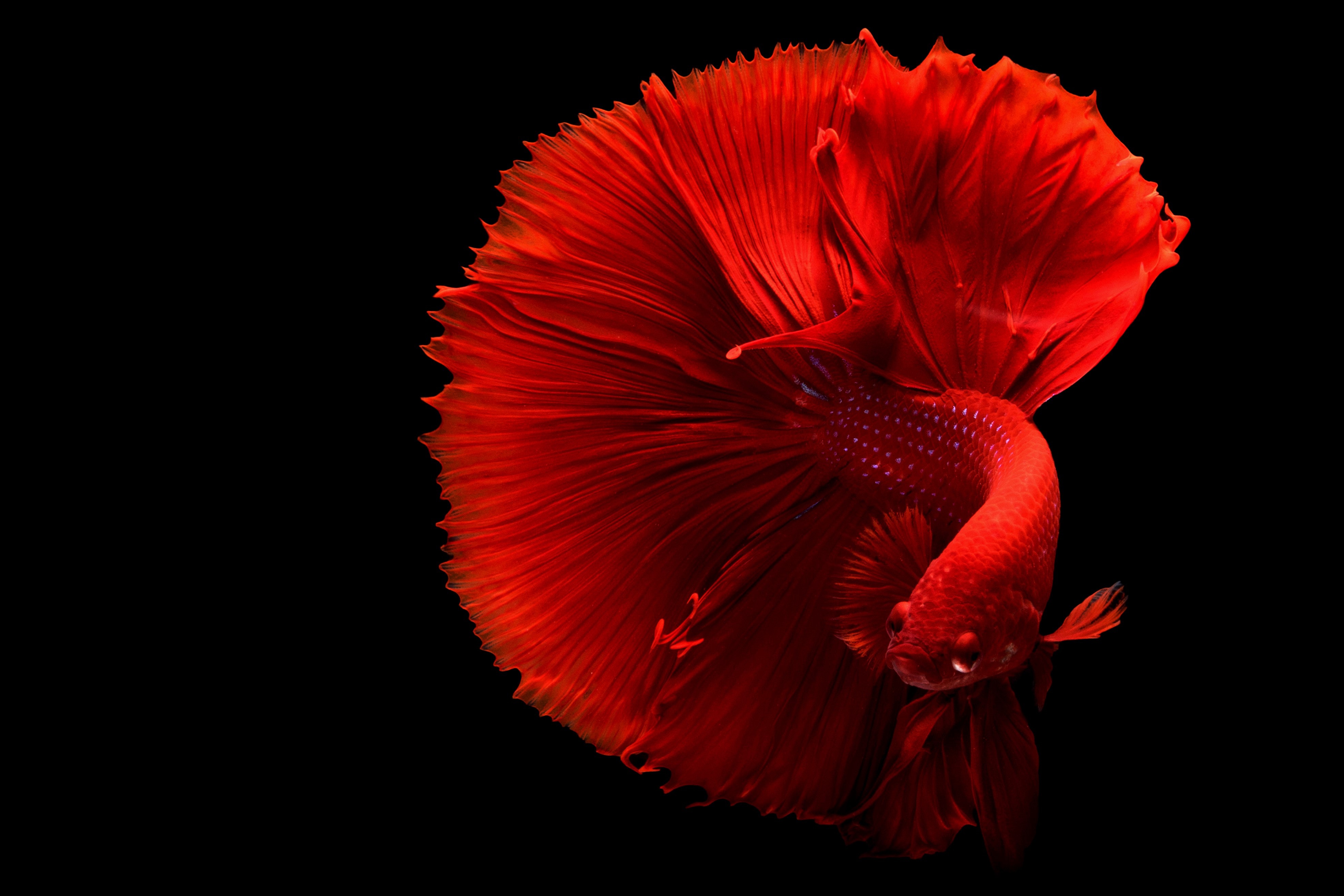Here at Jaggu our technology has gathered and analysed over 22,000 user generated images associated with Brexit. This unprecedented access to the spontaneous way people are interacting with Brexit online tell us how the world is visually making sense of this shifting political climate.
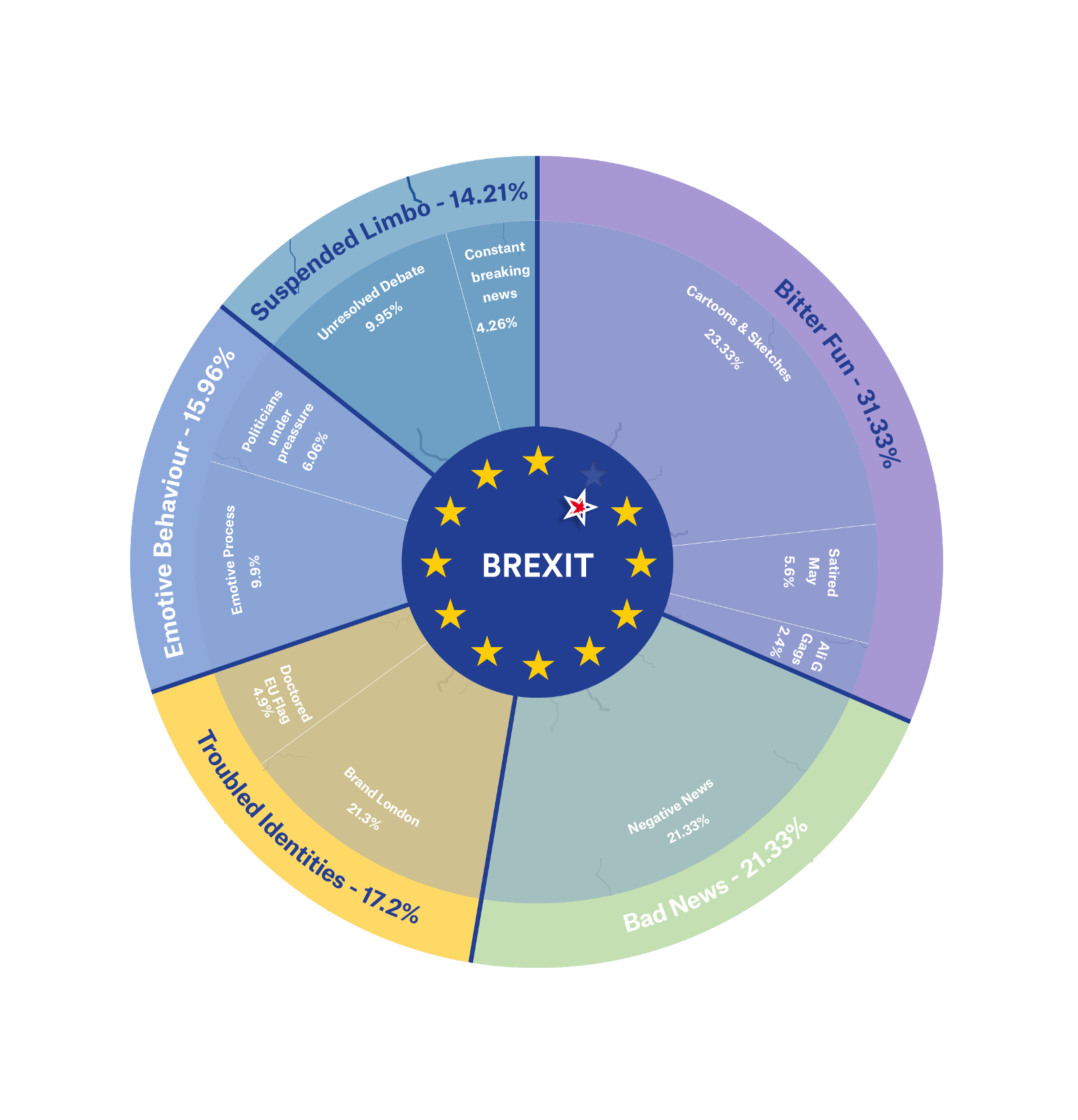
This is a wheel showing how the AI’s 9 generated image clusters fit into the 5 overall categories of meaning
The ‘Brexit’ pictures people upload are digital footprints that can be read as maps. Each image contains clues about the emotions and behaviours of the poster. Everything from the timing, colours, locations and visual associations in a post tell us something about how people are really feeling about Brexit. These images are talking about Brexit and our AI understands their language.
The AI Engine automatically divided these 22,000 ‘Brexit’ images into 9 visual groups that we like to call ‘clusters’. In order to further make sense of these patterns, we then grouped these clusters into 5 concise ‘categories of meaning’. These ‘thematic subheadings’ reveal global visual language patterns when it comes to #Brexit.
1. BITTER FUN
This is the biggest category out of all the ‘Brexit’ images collected- we have aptly named it ‘Bitter Fun’. With the political stakes so high, humour and sarcasm have emerged as the world’s preferred visual medium. Cartoons, satire and memes are everywhere. However this ‘Brexit Banter’ is more ironic than playful, masking a bubbling, barely contained bitterness.
Most of these cartoons in this section are by-in-large pessimistic about Britain’s prospects outside of the EU, depicting a Britain walking off cliffs, Parliament crumbling and a lonely, isolated isle. These images are being posted from all over Europe and comprise a gloomy pan-European narrative.

Cartoon and Sketches Cluster
Our AI also picked up a recurring visual theme of wordplay and satire directly aimed at Theresa May. As the PM in charge of Brexit, May has become the internet’s visual scapegoat, taking the blame on behalf of British people and parliaments everywhere.

Satired May Cluster
Bizarrely, the third identifiable cluster in this category comprises of Ali G memes- with 2.41% of global social media users connecting ‘Brexit’ with the satirical British fiction character. The obvious implication being that Ali G himself would have done a better job at Number 10.

Ali G Cluster
2. BAD NEWS
The second largest of our AI ‘meaning categories’ is made up of screenshots of negative news stories- and lots of them. From all ends of the political spectrum these pictures depict pessimistic articles, headlines and snippets. Such widespread doom n’ gloom seems to indicate a universal discontent amongst social media users.
The dominant language in this ‘Bad news’ cluster of images is negative and dark. Negative expression leads directly to negative image- with people’s perception of Brexit shaped by the way the press is communicating it to them. Keywords that recur often in this AI cluster are ‘desperate’, ‘no confidence’, ‘incompetence’, ‘eliminated’, ‘inflexible’, ‘Mayhem’, ‘Botched’ and ‘Injury’. A theme of violence is also inherent in these news posts with Theresa May bringing her own ‘noose’ to her ‘assassination’ while cabinet meetings morph into ‘killing zones’.
It seems the only visual consensus here is that # Brexit, in its current state, is highly negative.

Bad News Cluster
3. Troubled Identities
The third AI cluster focuses on disturbed identities. Britain’s identity is undergoing a rapid overhaul and there is visible anxiety about what this means.
This identity anxiety is apparent in the pictures people have uploaded connecting Brexit with London hallmarks and historical buildings. ‘Britishness’ is often associated with values of fairness, and democracy- however these social ideals are certainly not uniquely British. And so it is the tangible and visible that people reach for certainty- landscape and geography. People upload Big Ben, black cabs, double-decker buses, council blocks and Oxford Street in an assertion of British identity at a time when all feels confused and unclear. The language accompanying these images revolves around ‘street’, ‘stone’ and ‘pavement’, implying that, wanted or now, Brexit is now woven into the very fabric of London Life.
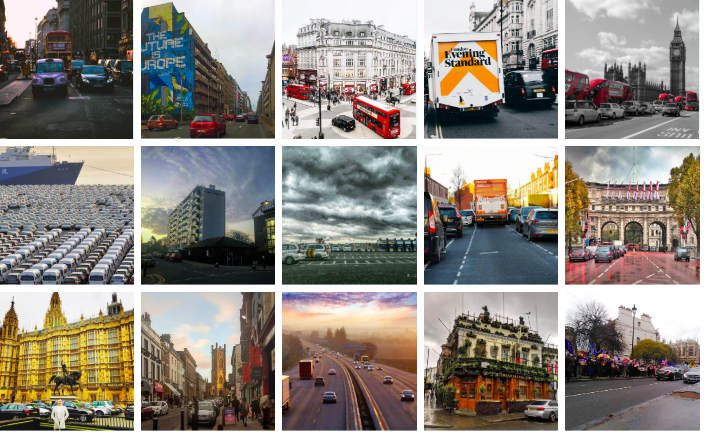
Brand London Cluster
Our AI also picked up on an anxiety in terms of pan-European identities- visible through the numerous posts of disturbed EU flags that feature missing stars, nooses, confused figures in the centre of the flag and troubling explosions. This cluster of images all depict a trauma, a ‘break’ with identity, without offering any hopeful vision of what may follow.

Troubled EU Flag Cluster
4. Emotive Behaviour

Emotive Protest Cluster
It is said that uncertainty heightens our negative as well as positive emotions- making us far more reactive. The idea of unknown future threats, and our inability to mitigate their impact, results in a rush of emotions. In fact, 7/10 Brits believe the government and society has made them more emotional since the referendum in 2016.
A lack of faith in British establishments is a deeply emotional issue, giving rise to aggression and contempt in British politics. In fact the leave campaign was fought and won on raw emotion.

Strained Politicians cluster
This frenetic anger is clearly apparent in the fourth category of this AI analysis -which features two highly ‘emotive’ clusters. The first shows politicians in various states of emotional strain and the second is made up of images of furious and passionate protest. There is something primal about these social media clusters and there is a sense that the ‘emotional surge’ of Brexit is no longer just the territory of backwater Leave England. Brexit is now a globally angry affair.
5. Suspended Limbo

Constant Breaking News Cluster
The last of our AI #Brexit categories is centred around images of unresolved debate and ‘BREAKING NEWS’ headlines. These two clusters are grouped together because of their implications of deadlock and a lack of progress. The first shows Parliament and people in the middle of arguments, therefore communicating an absence of conclusions or solutions. The other cluster shows a mass of countless breaking and “new’ stories. The sheer amount of these different ‘breaking’ news signals the very opposite of development.
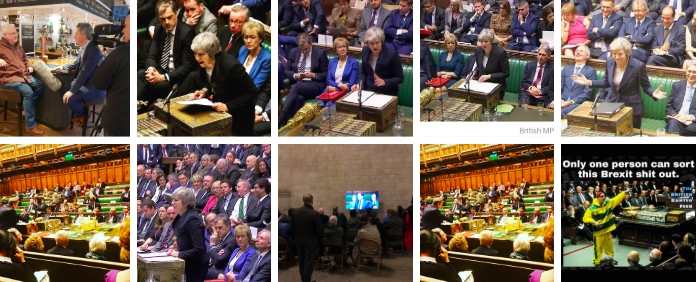
Unresolved Debate Cluster
Both image clusters signal that when it comes to #Brexit people are not able to visualise a tangible end or destination. Instead, it conjures only indecision, paralysis and a failure to move forward.
